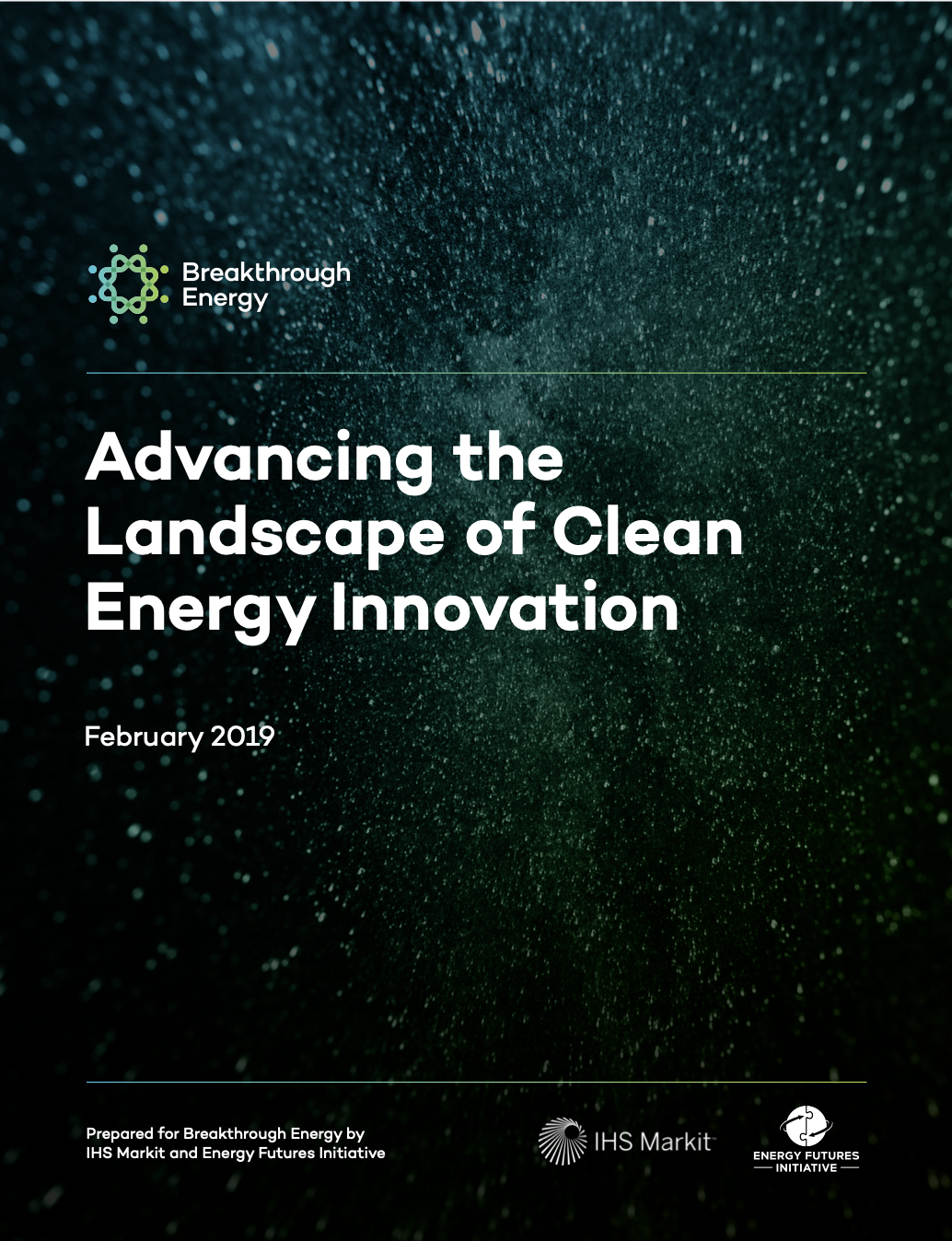Leveraging the DOE Loan Program: Using $39 Billion in Existing Authority to Help Modernize the Nation’s Energy Infrastructure (March 2018) demonstrates how the U.S. Department of Energy’s (DOE’s) Loan Programs Office could use its nearly $40 billion in available credit authority to fund reconstruction of critical U.S. energy infrastructure. The Loan Programs Office (LPO) was authorized by Congress in 2005 with broad bipartisan backing. So far, it has leveraged $50 billion in investments in commercial projects that deploy innovative energy technologies.
The LPO portfolio has a default rate of just over two percent and a record of accelerated repayments. Prime examples of the success of the LPO include that it provided the impetus for utility-scale solar generation and for re-tooling and reviving advanced auto manufacturing plants in eight states from Tennessee and Kentucky to the upper Midwest and California. “This success rate translates into new businesses, good jobs and a more competitive economy,” said Melanie Kenderdine, Energy Futures Initiative Founder and Principal, who was also former Director of the DOE’s Office of Energy Policy and Systems Analysis.
The report notes that, with appropriate partnership arrangements, the remaining credit support authority could attract as much as $100 billion of investments in innovation energy infrastructure improvements for all energy sectors. Combining co-lending by the private sector, state, and other federal credit programs with increased equity participation, could further increase this leverage.
The report also describes the important role LPO has played in advancing energy innovation in the United States and how, going forward, the program can be used to fund the next generation of major energy infrastructure projects in this country. The report analyzes an array of energy issues, including current energy infrastructure investment needs, ways to deploy LPO’s existing loan authority, trends that underscore the need for innovative investments in energy infrastructure, ways both programs could be used for funding critical energy- and transportation related infrastructure needs, and recommendations for process improvements.
The report’s release was covered in SNL Power Policy Week.
Related Content
(Share this post with others.)






